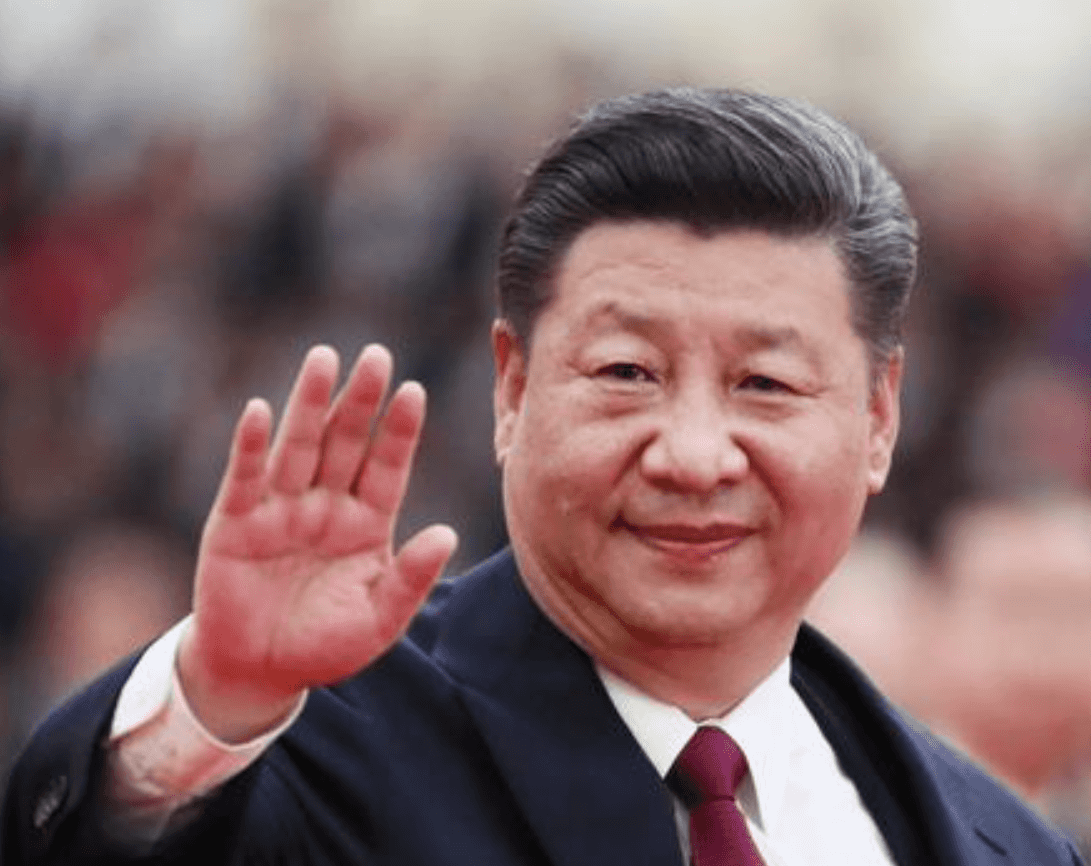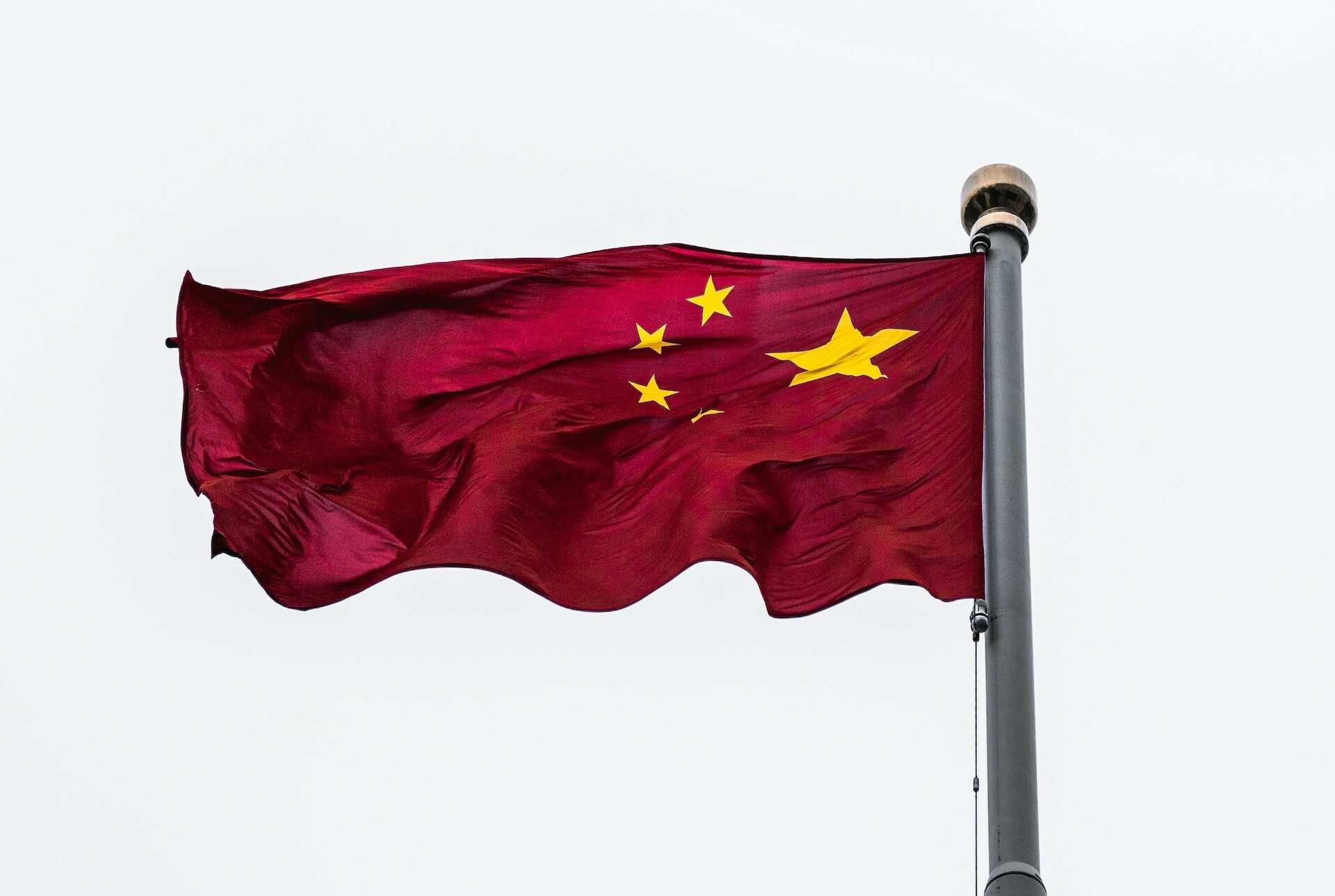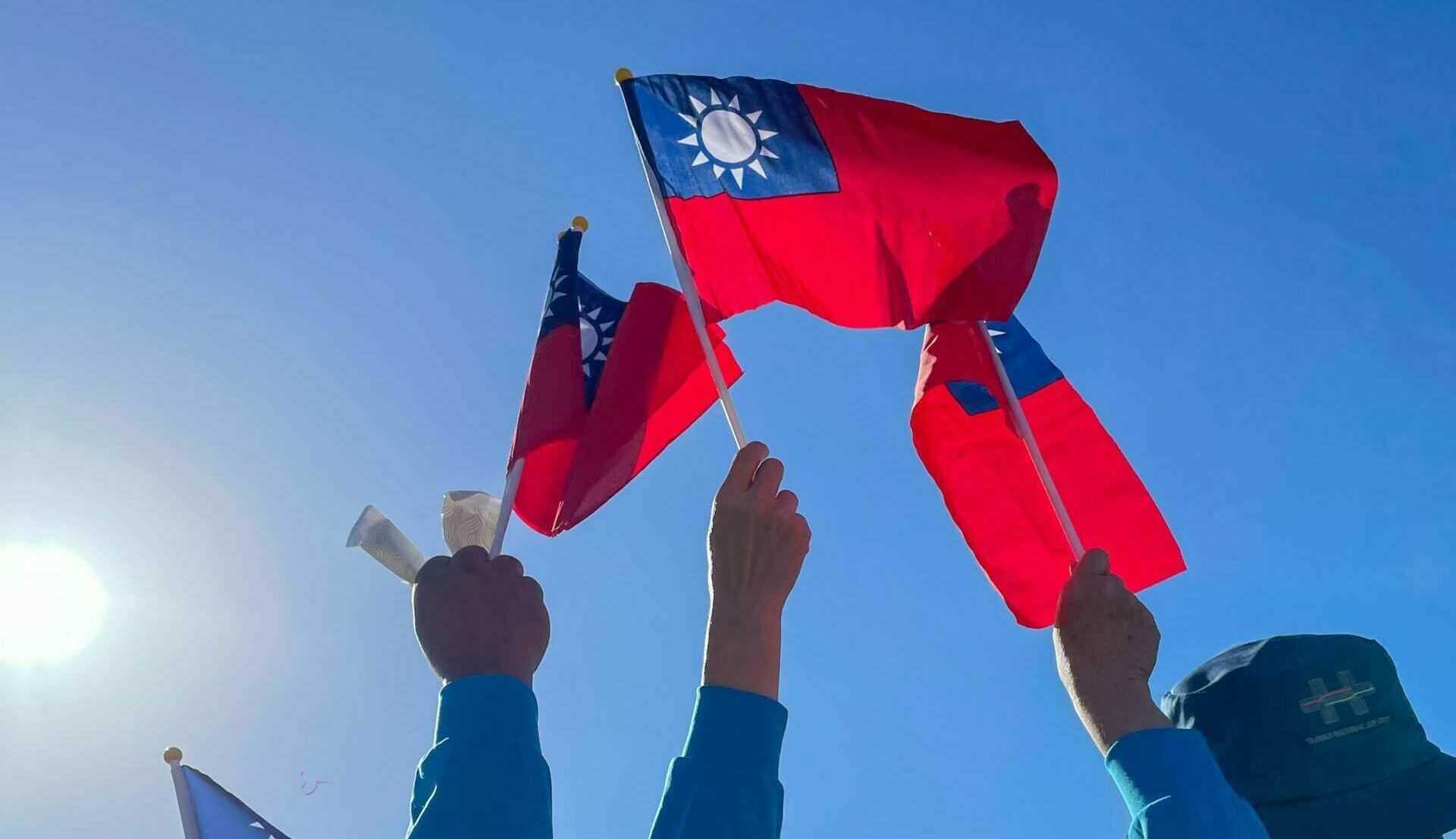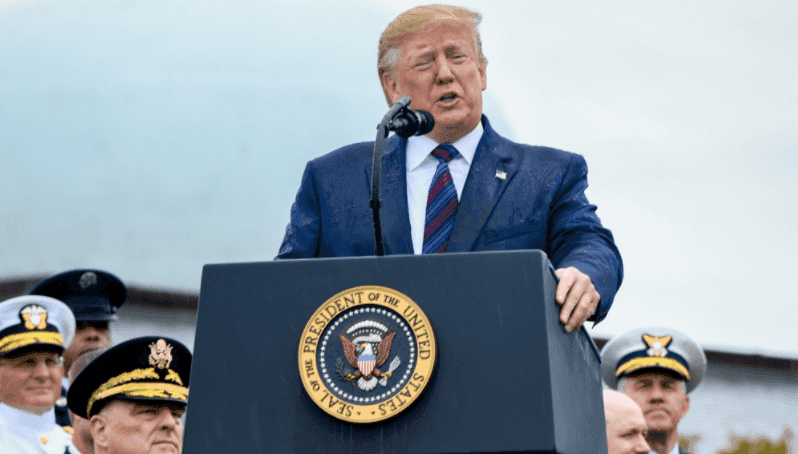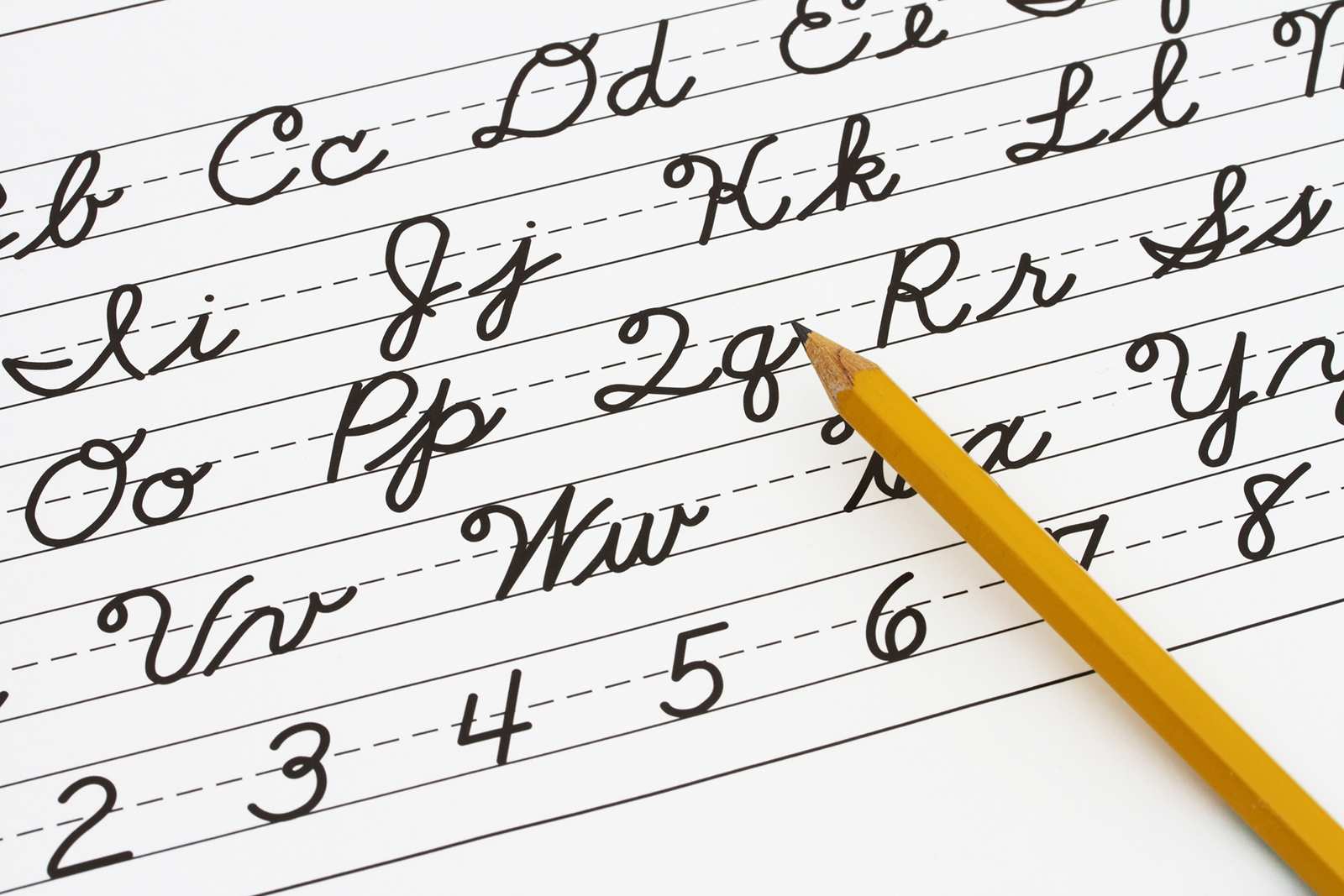
In 2016, California Democratic state Assemblymember Sharon Quirk-Silva sat with then-California Gov. Jerry Brown at an event where he signed baseball-type cards featuring the image of his dog, Colusa.
But many of the recipients of the cards couldn’t read his cursive signature, Quirk-Silva recalled, much to the Democratic governor’s dismay. “The governor asked me what I did” before becoming a legislator, she remembered. “I said I was a teacher, and he said, ‘You have to bring back cursive writing.’”
After seven years of trying, she finally succeeded.
Last month, the California legislature unanimously passed and Democratic Gov. Gavin Newsom signed a law requiring the teaching of cursive or “joined italics” handwriting in grades one through six.
While grandparents’ sprawling handwriting on birthday cards or treasured family recipes may spring to mind when many younger people think of cursive, some educators today think it’s a skill worth reviving even — or maybe especially — in an age when most kids spend hours every day on their smartphones. But others think students already have too many subjects to master and that their fingers belong on keyboards.
Some California teachers already were teaching cursive, but not usually in underresourced schools, Quirk-Silva said in an interview.
She argued cursive is valuable to read historical documents, increases writing speed and has become a popular way for teachers to make sure students are not using artificial intelligence to craft their written work.
Teaching cursive in public schools waned after the Common Core standards, which most states adopted, didn’t include cursive in the recommended curriculum. Critics of cursive requirements say time in the classroom could be better spent on new skills such as coding and keyboarding. And Quirk-Silva recalled that some younger lawmakers called the looping writing style “old-fashioned.”
Supporters recently have had some success in bringing it back, pointing to studies that show a link between cursive and cognitive abilities, including helping with reading and writing disabilities such as dyslexia and dysgraphia.
In May, New Hampshire Republican Gov. Chris Sununu signed a bill requiring schools to teach cursive and multiplication tables.
More than 20 states have implemented state directives to teach cursive in the past decade or so, according to Connie Slone, founder of MyCursive.com, a company that provides cursive learning materials to teachers and schools.
A few others don’t require cursive, but instead encourage it without specific mandates, according to the Zaner-Bloser company, another cursive instructional vendor.
But critics of teaching cursive remain skeptical. There’s “not much evidence that cursive matters,” said Morgan Polikoff, an associate professor of education at the University of Southern California.
“If you are going to spend time on some indication of written communication, keyboarding skills are more important,” Polikoff said. “In the scheme of educational policies, I’m not sure there’s a single topic I care less about. We’ve fallen behind during COVID, we’re dealing with chronic absenteeism, student mental health is in crisis, and we’re spending time on cursive? That’s what we’re mandating?”
The Indiana legislature and governor this year changed a bill that would have required cursive, amending it so that it now only requires a study of the use of cursive in public schools. An education department report is due Dec. 1.
Over the past few years, cursive bills have been introduced but not taken up in several states, Slone said, including Colorado, Minnesota and Washington.
The late William Klemm, a neuroscience professor at Texas A&M University, is widely cited by advocates for his article a decade ago in Psychology Today maintaining that learning cursive “is an important tool for cognitive development.” Cursive helps to train “the brain to learn ‘functional specialization’ — that is, the capacity for optimal efficiency,” he wrote.
A 2019 study published by PLOS One and listed in the National Library of Medicine, found that “there is increasing evidence that mastering handwriting skills play an important role on academic achievement.”
And a 2020 study from researchers in Norway made the direct connection between “writing by hand” and “synchronized activity” in a particular part of the brain “important for memory and for the encoding of new information and, therefore, provides the brain with optimal conditions for learning.” The study recommended that all forms of writing — printing, cursive and typing — be taught to strengthen “both cognitive development and learning efficiency.”
Suzanne McLeod, coordinator of educational leadership at Binghamton University, a state university of New York, said cursive developed into wide use during the quill pen-and-ink era before the 1800s. It was largely because quill pens tended to blot when they were lifted off the page, she said. That means centuries of historical documents are written in cursive, and historians have to be able to read it to do original research.
“Not to have an underpinning in basic cursive where the letters connect would mean that you would need remediation in that area,” she said. “You would find it absolutely unapproachable.”
In Michigan, Democratic state Rep. Brenda Carter this year succeeded in getting a bill through the state House that encouraged — though didn’t require — teaching cursive. There was virtually no opposition, she said. But the state Senate never took up the bill before adjourning.
Carter, who must leave the House after 2024 because of term limits, said she is seeking GOP backing for the measure and is encouraged because the state Department of Education supports it.
“Our young people are missing out on so much,” she said. “All of the founding documents are written in cursive. Where is our history if we can’t read this? Are we depriving future generations of our history?”
___
© 2023 States Newsroom
Distributed by Tribune Content Agency, LLC.
